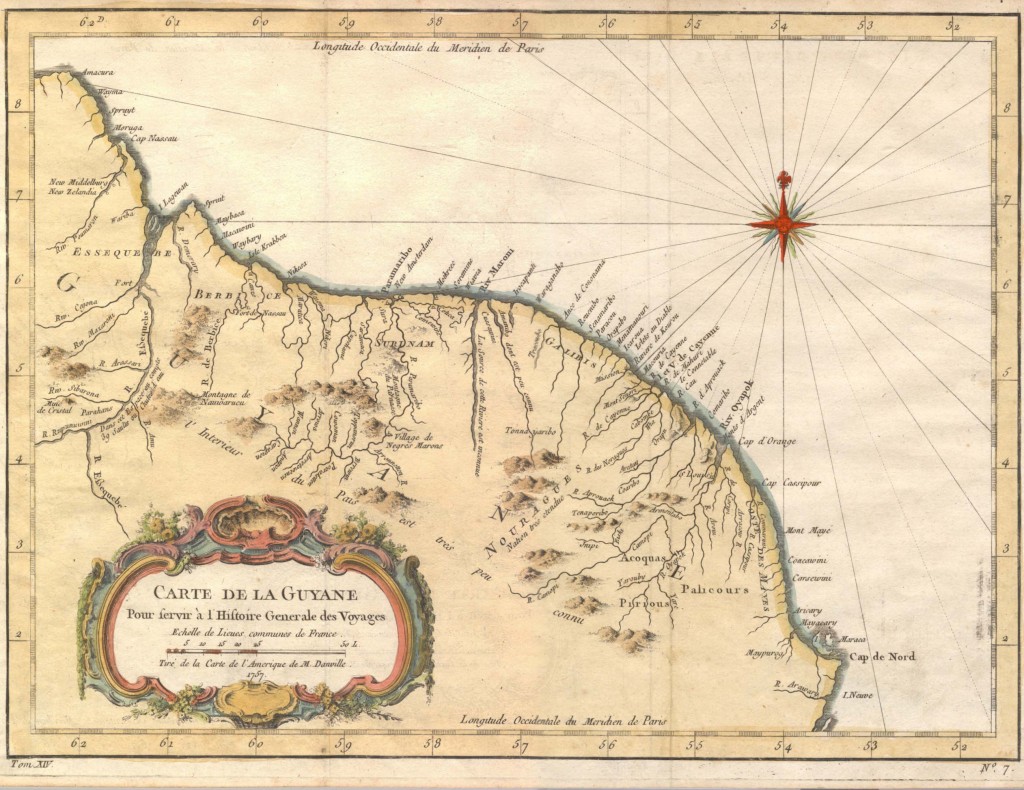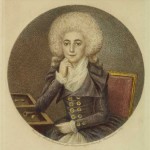The Cayenne Experiments
In 1785 Lafayette acquired land along the Oyapok River in the French colony of Cayenne (present day French Guiana) on the coast of South America. Here, on a plantation called “La Belle Gabrielle,” where clove and cinnamon trees flourished, Lafayette set up his experiment for the gradual emancipation of a group of nearly seventy slaves, which he had purchased with the property. The slaves were paid for their labor; the sale of any slave was expressly forbidden; schooling was provided; and punishment for the blacks was no more severe than that for whites. Lafayette hoped to show that the birth rate would rise and infant mortality would decrease under these more favorable conditions, thus undercutting the need for the slave trade.


As Lafayette’s attentions were increasingly drawn to the unfolding revolutionary drama in France of 1789, the running of the Cayenne estates fell to his wife Adrienne. She relished the role and corresponded frequently with the estate managers as well as with the priests at a nearby seminary whom she asked to look after the religious welfare of the slaves. When Lafayette was imprisoned in 1792, his properties were confiscated and the Cayenne blacks were resold as slaves. However, Lafayette later took heart from the fact that when the French National Convention freed all slaves in 1794, Cayenne was the only French colony that did not experience great social upheaval.
